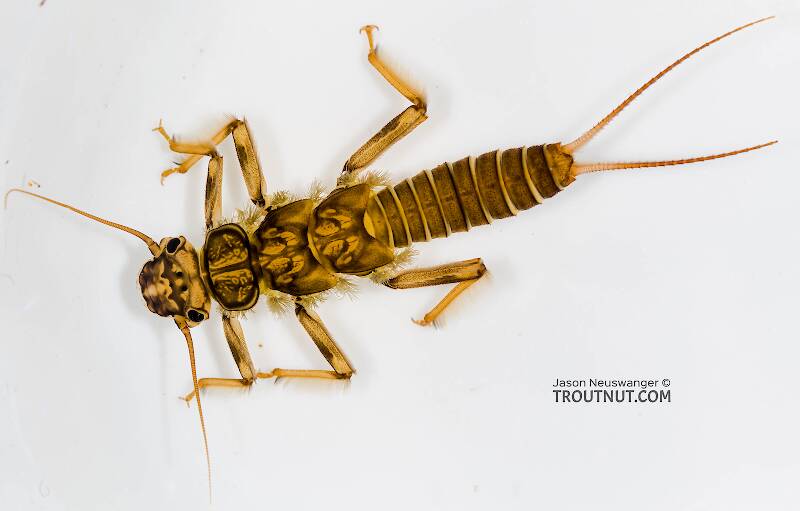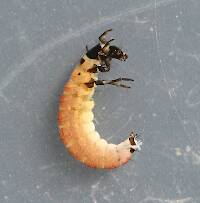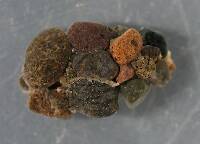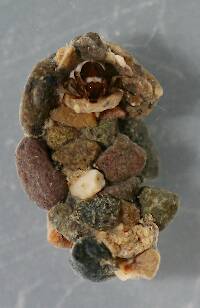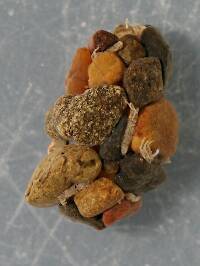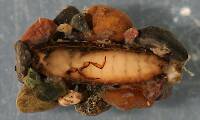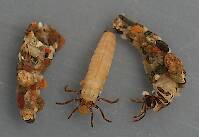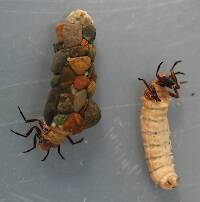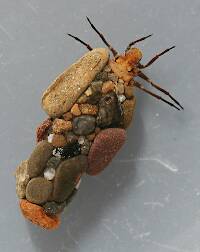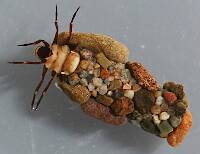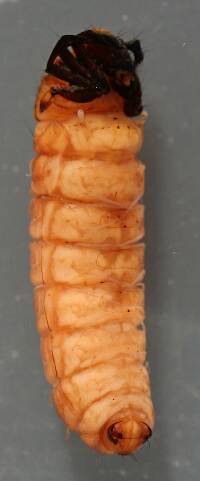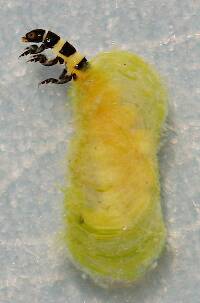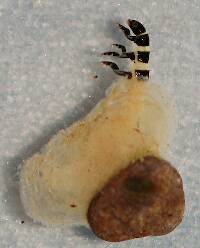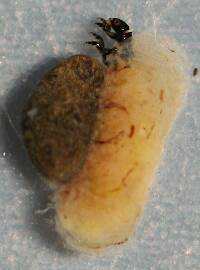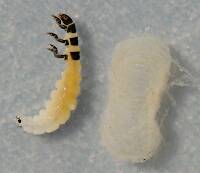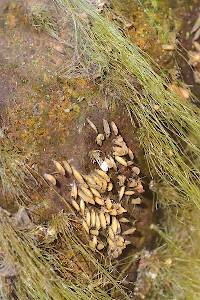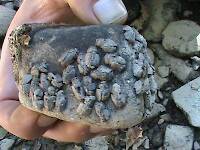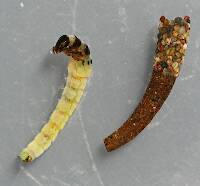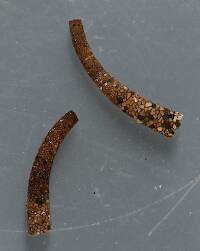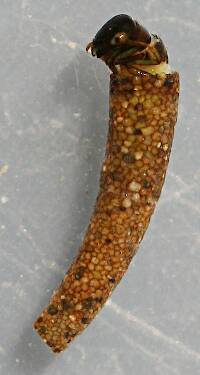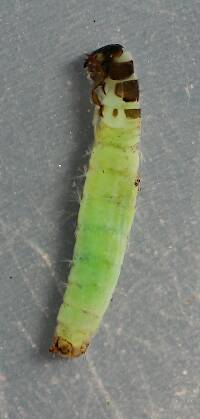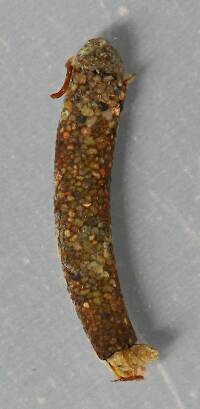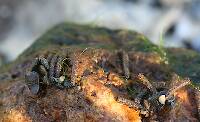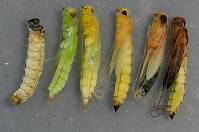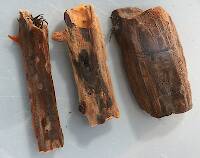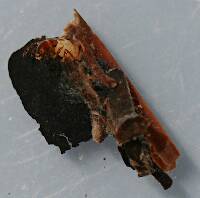
Blue-winged Olives
Baetis
Tiny Baetis mayflies are perhaps the most commonly encountered and imitated by anglers on all American trout streams due to their great abundance, widespread distribution, and trout-friendly emergence habits.
Featured on the forum

Troutnut is a project started in 2003 by salmonid ecologist Jason "Troutnut" Neuswanger to help anglers and
fly tyers unabashedly embrace the entomological side of the sport. Learn more about Troutnut or
support the project for an enhanced experience here.
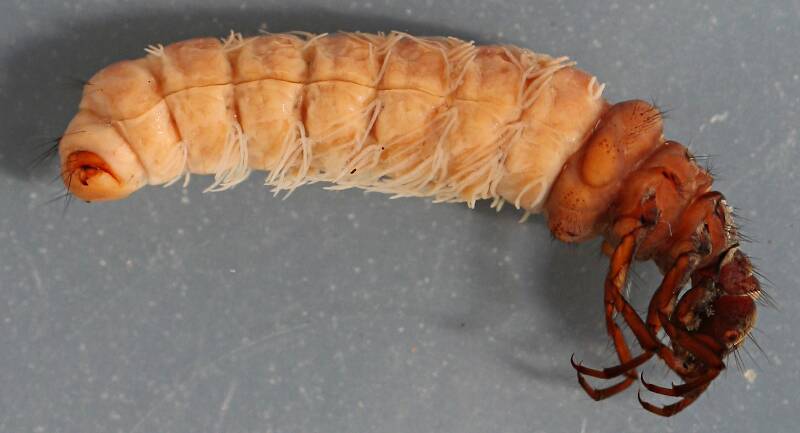
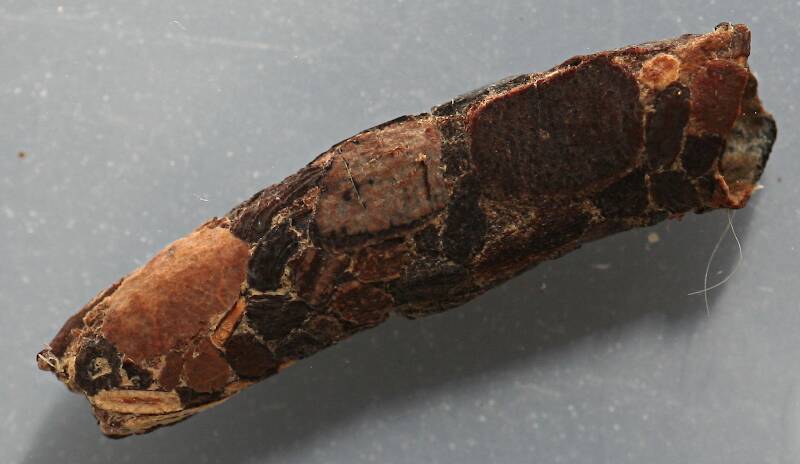
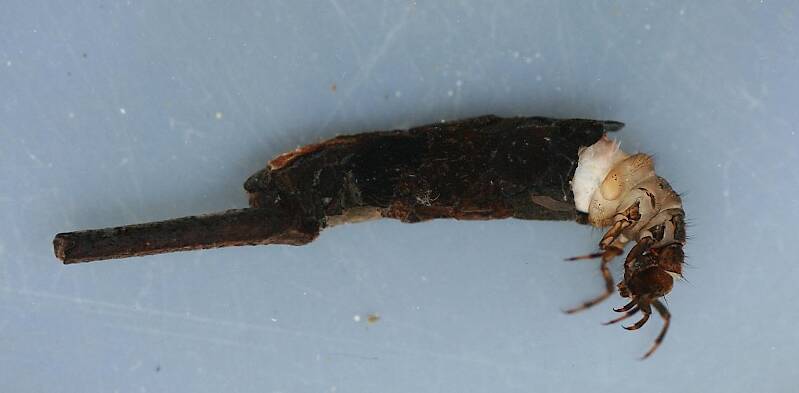
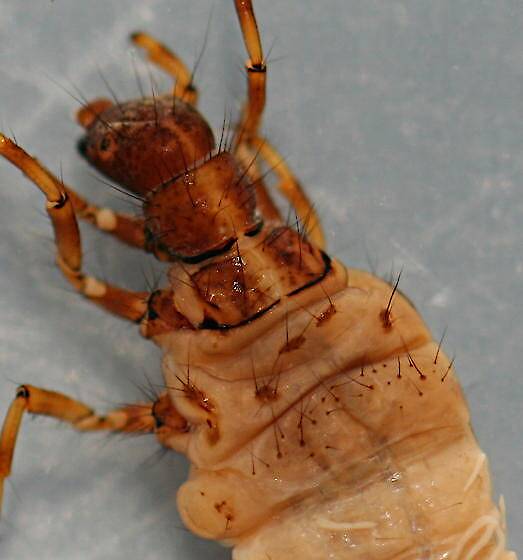
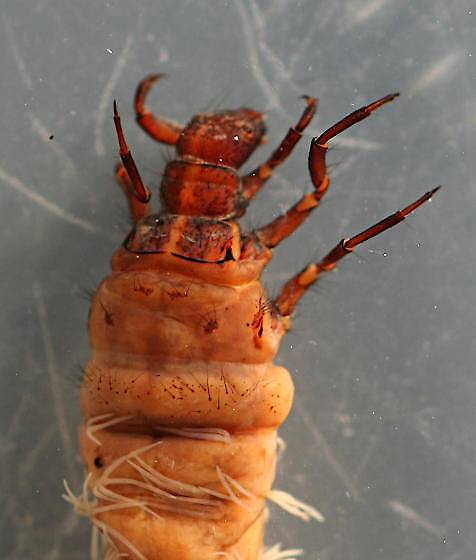
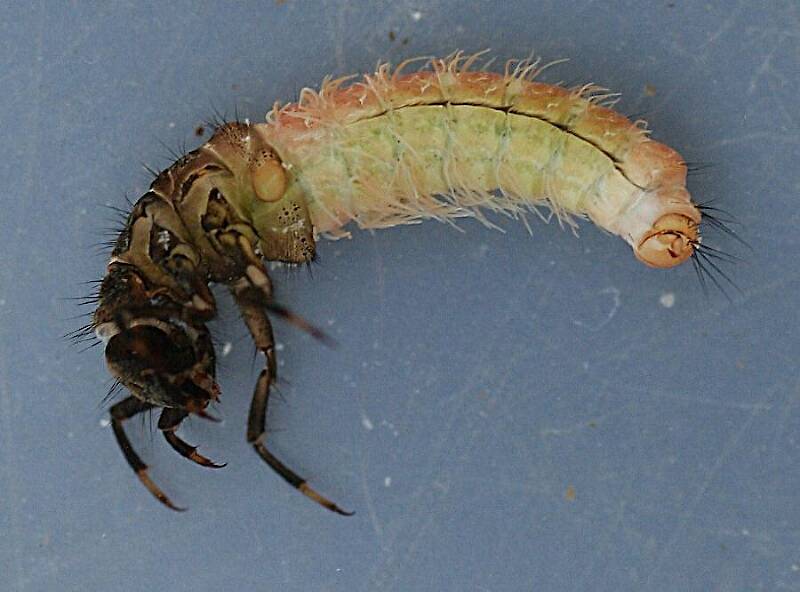
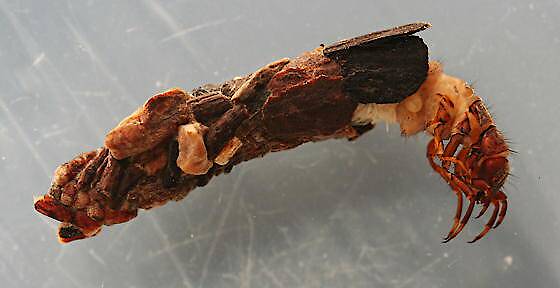
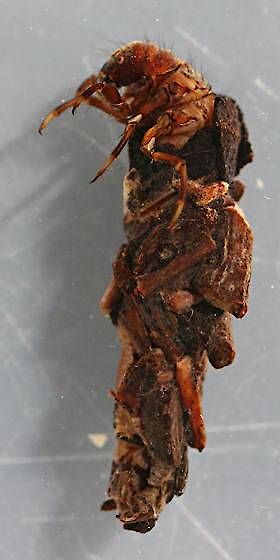
Millcreek on Oct 30, 2014October 30th, 2014, 3:49 pm EDT
A fairly common caddisfly in smaller tributaries of the Russian River though I haven't found it in the mainstem. The larvae were identified to genus using Merritt, Cummins and Berg (2008) and Wiggins (1976). They're probably Onocosmoecus unicolor. The larvae are usually found in areas of slow current in deeper water that has undercut banks with tangles of roots or branches extending below the waterline. Sweeping along the roots or branches yields the largest numbers of larvae. Earlier instar larvae construct cases of bits and pieces of twigs and flat pieces of wood that are irregular in appearance while later instars construct a more orderly case out flat pieces of wood, often with a stick trailing out from the bottom end of the case. Most larvae were collected from February through May.
"If we knew what it was we were doing, it would not be called research, would it?"
-Albert Einstein
-Albert Einstein
Quick Reply
Related Discussions
Topic
Replies
Last Reply
3
Jul 3, 2007
by JeffK
by JeffK
4
Oct 29, 2014
by Millcreek
by Millcreek
2
Sep 20, 2020
by Creno
by Creno
8
Oct 15, 2014
by Crepuscular
by Crepuscular


